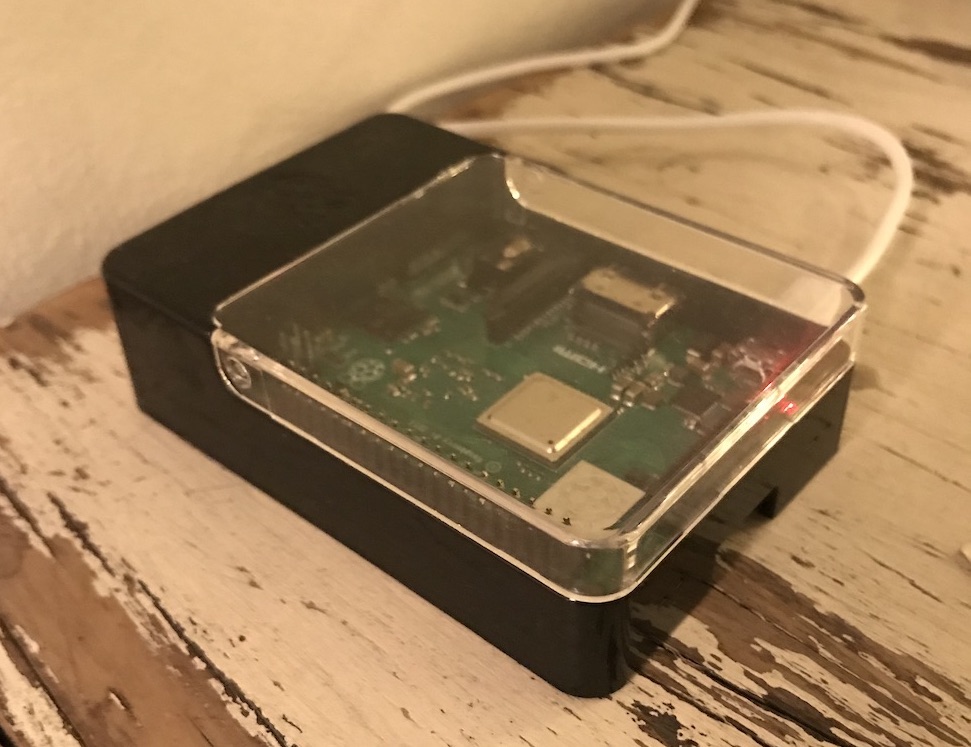HomeKit Automation with a Raspberry Pi
Where I’m going with my little bedroom-bound Raspberry Pi.
After doing the initial work last June to set up a little Raspberry Pi complete with AirPlay to Sonos support (blog post on that here), I let the thing languish for awhile. The driver that runs the Airplay bridge is a bit flaky and it times out after awhile, so I ended up just not really ever AirPlaying to my Sonos.
This is mostly fine, since the only thing I really want to use AirPlay to play to the Sonos for is casting Overcast podcasts; my music consumption is all done through Spotify which has fantastic Sonos integration.
It sat and sat in a corner until one day I was listening to an episode of ATP in which Casey Liss was talking about how he got Homebridge running on his local NAS server. For the uninitiated, Homebridge is a piece of software that bridges between Apple’s HomeKit ecosystem and the rest of the IoT landscape.
Why, though?
Why on earth would you want this? Well, HomeKit certification is probably expensive and requires a high bar of quality support, which had led to a lot of smart home stuff just plain being not supported natively by it.
This includes any sort of smart plug made by TP-Link (which are the most readily available in Oz), and the Kogan ones that are probably the cheapest on the market.
But it also has one of the most pleasant experiences - you can turn stuff on and off from a really nice suite of apps on iPhone, iPad, Mac AND Watch. I really am a fan of HomeKit, and have recently been kitting out my room with smart devices, most of which do not support HomeKit 😭
Anyway, Homebridge allows you to command and conquer those devices with very little fiddling around - it basically Just Works. So I heard Casey raving about how good it was and decided to give my Raspberry Pi a second use case. And it worked!
I’m not really going to blog about how I got it working - there’s some really easy to use guides to follow on the GitHub wiki for the project. This is more of an update.
It’s been a super smooth transition; I’ve only had to kick the service once. Otherwise everything really is quite simple, and it has full support with things like Scenes (basically preset configurations of smart devices).

But what else?
I still feel like I’m missing out on the potential of this tiny computer but the fundamental reality of cheap compute in the cloud makes local servers mostly pointless unless you need your thing to run in a local network.
I would love to get it used as a fake Time Capsule so I could do Time Machine backups wirelessly, but it does seem like Apple is letting the Time Machine system deteriorate, so I don’t really want to invest time into it (and I’m risk averse to the corruption of my backups). Hit me up on Twitter if you’ve got it working.
